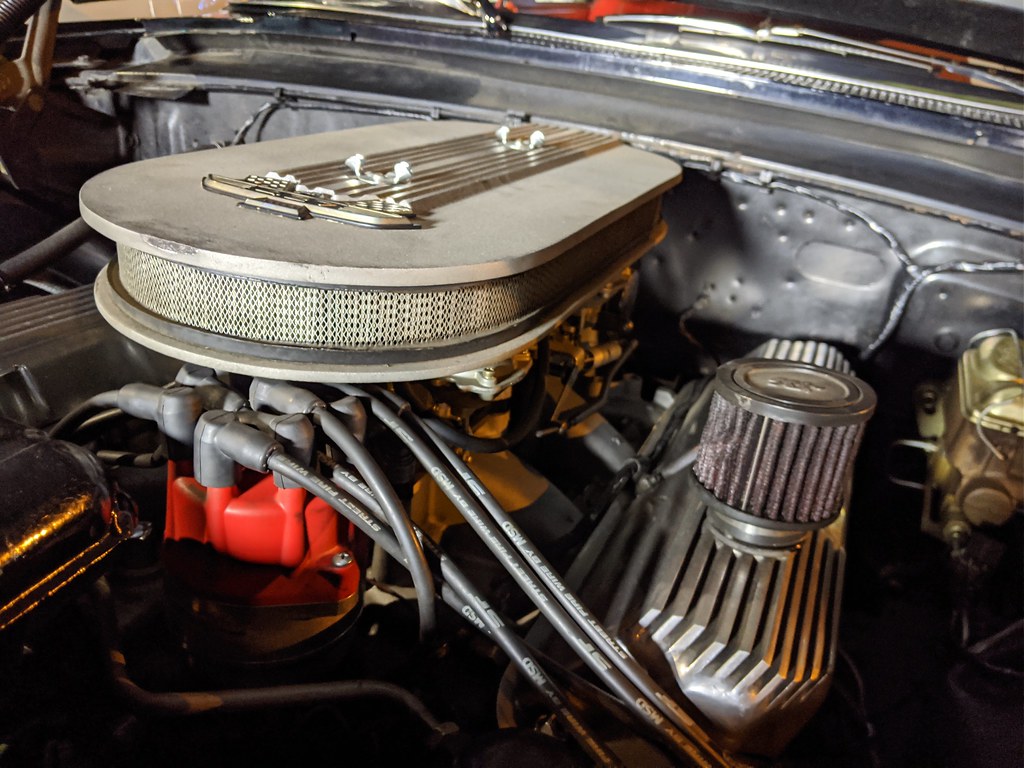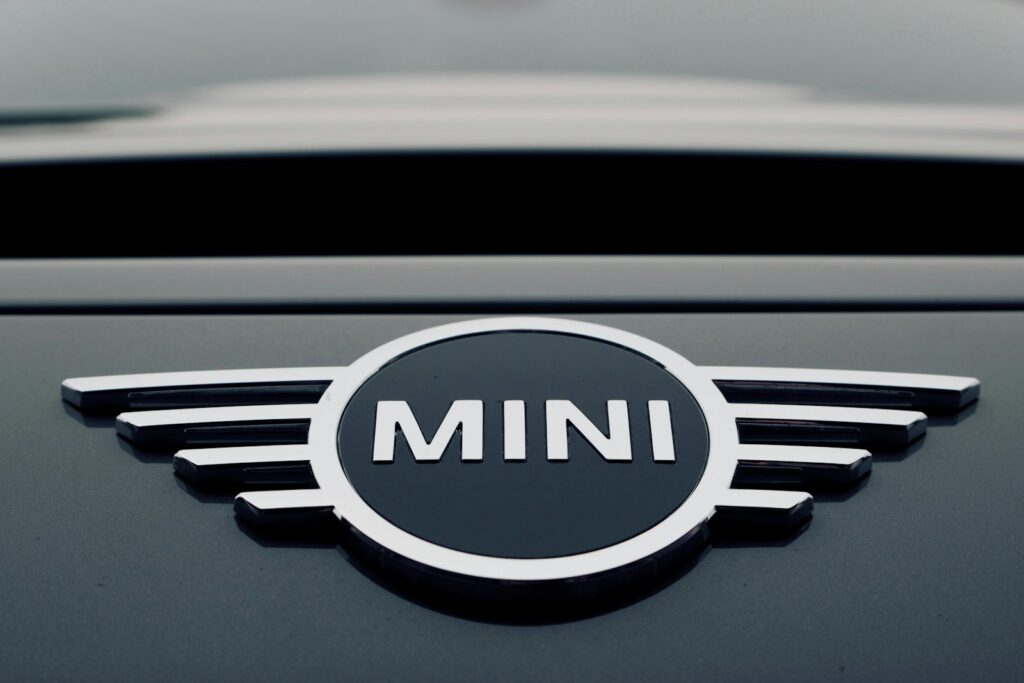
The ’80s, man. What a wild ride! Forget the questionable fashion choices, the massive shoulder pads, and the big hair for a moment, and let’s talk about something truly epic: the cars. This was a decade when the automotive world was getting its groove back after the fuel embargo hangover, when engineers and designers were finally unleashed, leading to a glorious wave of sports cars that looked fast even when parked, often because they were parked, probably broken down – but man, did they look good!
We’re talking about a time when American, European, and Japanese manufacturers alike were pushing boundaries, experimenting with technology, and delivering vehicles that felt profoundly different from the malaise-era slugs that came before them. These weren’t just modes of transportation; they were statements, companions, and sometimes, a little piece of rebellious art on wheels. They had pop-up headlights that made them wink, bold angular shapes that could slice through the air (or your finger if you weren’t careful), and just enough tech to make you feel like you were piloting a spaceship, until, well, it stalled. It was the golden age for car tech, ushering in features like airbags, fuel injection, and turbocharging, and setting the stage for performance capabilities never before seen.
Many of these machines have since slipped from the everyday conversation, unfairly relegated to the dusty corners of automotive memory like a forgotten Mixtape B-side. But don’t let their quiet retirement fool you. These unsung heroes and forgotten gems still hold incredible stories, surprising value, and a road presence that harks back to that totally tubular decade. So, fire up the DeLorean, punch it to 88 miles per hour, because we’re taking a trip back to rediscover 14 of the coolest ’80s sports cars that still matter today.
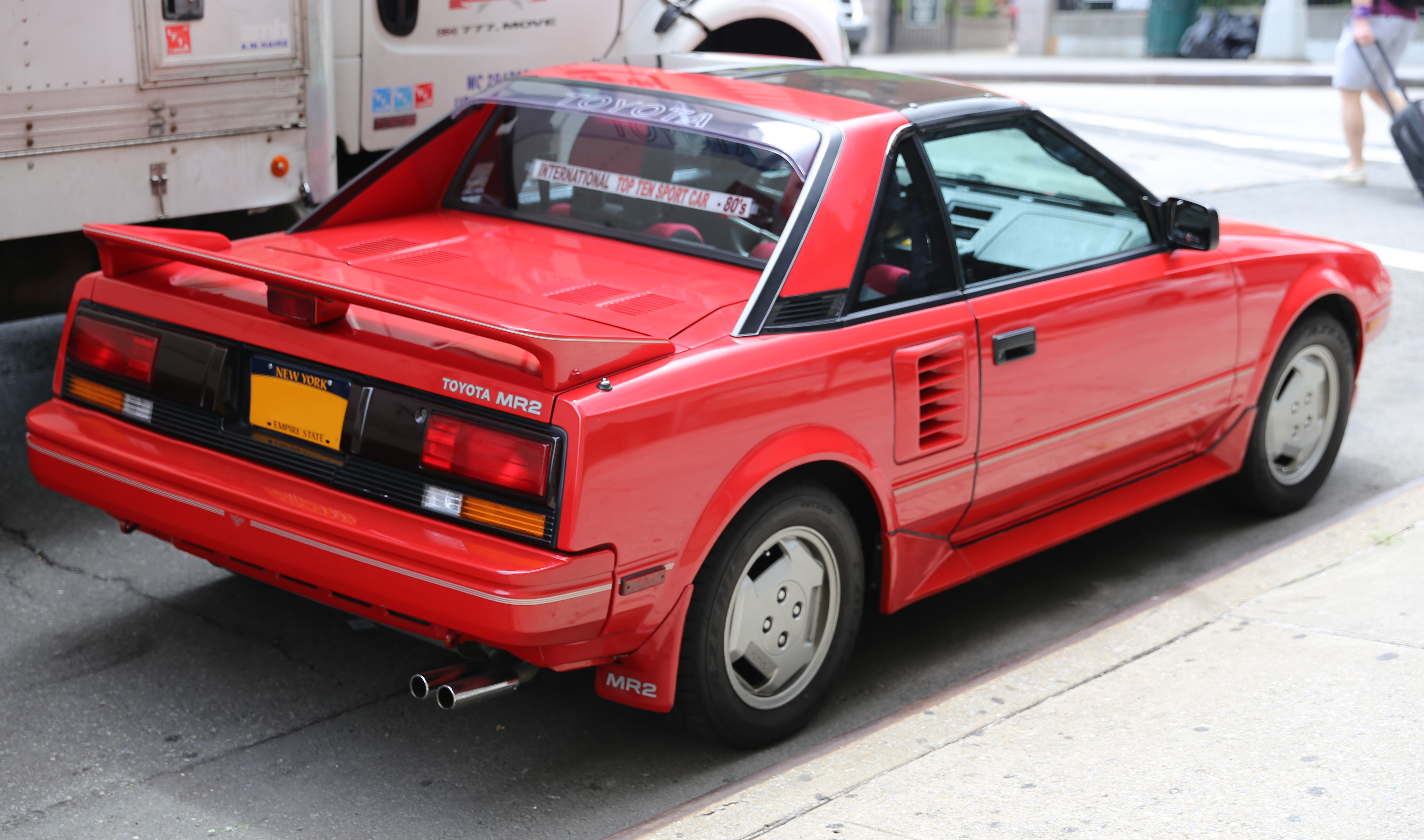
1. **Toyota MR2 (AW11)**Ah, the Toyota MR2 (AW11)! If you wanted a baby Ferrari without having to take out a second mortgage and deal with Italian temperament, this was your jam. Wedge-shaped and bursting with more personality than a Saturday morning cartoon character, the first-generation MR2 wasn’t just fun; it was a revelation. It proved that true driving excitement didn’t require a massive footprint or a six-figure price tag.
This compact marvel sported a revolutionary mid-mounted engine layout, a design choice usually reserved for much pricier exotics. That engineering decision, combined with reflexes as sharp as a razor, gave the MR2 a level of precision and exoticism that simply wasn’t available in its class. It was the kind of car that brought a smile to your face just looking at it, and a genuine thrill once you got it on the open road.
Don’t let its size fool you; this little Toyota truly came alive on twisty back roads, where it danced like a caffeinated ballerina, responsive to every input. The interior felt focused, without being harsh or overcomplicated, with controls perfectly positioned as if Toyota actually thought about the driver’s needs. Reliability was the cherry on top, showcasing that bold ideas could be executed with everyday Japanese dependability — a concept that probably baffled Italian supercar manufacturers at the time. The original MR2 still carries that quirky charm, that almost telepathic connection with the driver, making it an instant standout worthy of rediscovery.
Car Model Information: 1988 Toyota MR2 Supercharged
Name: Toyota MR2
Caption: Second generation MR2
Manufacturer: Central Motors
Aka: Toyota MR (France and Belgium)
Production: 1984–2007
Assembly: Sagamihara, Kanagawa
Class: Sports car
Layout: Rear mid-engine, rear-wheel-drive layout
ModelYears: 1985–2007
Categories: 1990s cars, 2000s cars, All Wikipedia articles written in American English, All articles containing potentially dated statements, All articles needing additional references
Summary: The Toyota MR2 is a line of two-seater, mid-engined, rear-wheel-drive sports cars, manufactured in Japan and marketed globally by Toyota from 1984 until 2007 over three generations: W10 (1984–1989), W20 (1989–1999) and W30 (1999–2007). It is Japan’s first rear mid-engined production car.
Conceived as a small, economical and sporty car, the MR2 features a straight-four engine, transversely mounted in front of the rear axle, four-wheel disc brakes, and fully independent coilover suspension – MacPherson struts on each wheel.
The name MR2 stands for either “mid-ship run-about 2-seater” or “mid-engine, rear-wheel-drive, 2-seater”. In French-speaking markets, the vehicle was renamed Toyota MR because the abbreviation “MR2” sounds like the profanity “merdeux” when spoken in French.
Get more information about: Toyota MR2
Buying a high-performing used car >>>
Brand: Toyota Model: MR2
Price: $27,000 Mileage: 36,611 mi.
Read more about: The 10 Exciting Classic Sports Cars You Can Own Without Breaking the Bank
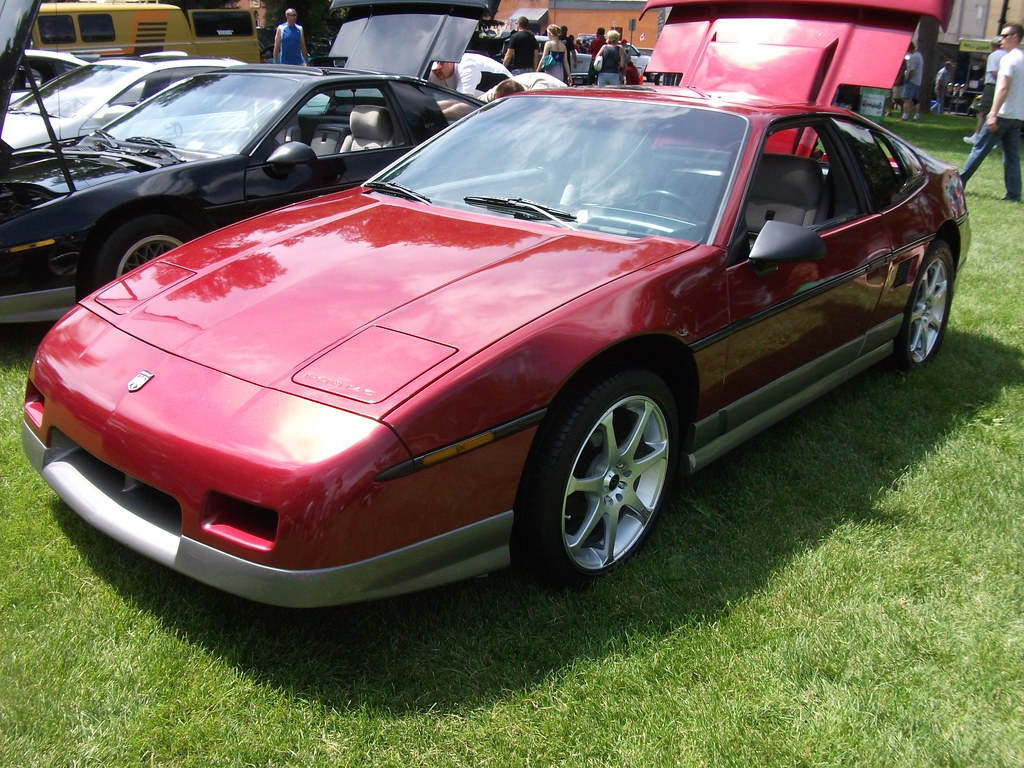
2. **Pontiac Fiero GT**Next up, we have the Pontiac Fiero GT, a car that brought American flair to a market increasingly dominated by flashy imports. But let’s be honest, it often came with a subtle hint of “I might catch fire.” Despite its early reputation woes, the Fiero GT, especially in its later iterations, genuinely stood out from everything else on the road. With its wide stance and a smooth, almost exotic roofline, it looked like a concept car that had escaped the drawing board and landed straight in your driveway.
Pontiac built the Fiero with style firmly in mind, creating a coupe that felt surprisingly futuristic for its time. The interior, though perhaps a bit snug like a cheap suit, wrapped around the driver, placing focus on control and visibility – assuming you could actually see out the back, that is. Underneath that sleek surface, it might have been an economy car’s suspension glued to a V6, but the perception was pure mid-engine sportiness, a bold statement from GM.
The Fiero GT became a surprising favorite among those who wanted something different, a distinct American answer to the European and Japanese mid-engine machines. It offered a sense of occasion for weekend drives, usually accompanied by the faint, distinctive smell of burning plastic that Fiero owners grew to love (or at least tolerate). Choosing a Fiero was a middle finger to conformity, a car that delivered confidence and individuality, even if it often needed a new wiring harness. It’s a testament to its unique appeal that it still attracts attention today from people who never expected it to look so refined.
Car Model Information: 2022 Honda Civic Sport
Name: Pontiac Fiero
Caption: 1988 Fiero Formula
Manufacturer: Pontiac (automobile)
Production: August 1983 – August 16, 1988,370,168 produced
ModelYears: 1984 – 1988
Successor: Pontiac Solstice
Assembly: Pontiac, Michigan
Designer: Hulki Aldikacti,George Milidrag
Class: Sports car
BodyStyle: fastback,notchback
Platform: GM P platform
Layout: Rear mid-engine, rear-wheel-drive layout
Engine: {{cvt,151,CID,L,1,disp=flip,Iron Duke engine#LR8,Inline-four engine
Transmission: Turbo-Hydramatic 125,Manual transmission,Getrag 282 transmission,Isuzu
Wheelbase: 2373 mm
Abbr: on
Length: 4072 mm
Width: 1750 mm
Height: 1191 mm
Weight: 1116 to
Categories: All articles with unsourced statements, Articles with short description, Articles with unsourced statements from February 2012, Articles with unsourced statements from July 2024, Articles with unsourced statements from September 2011
Summary: The Pontiac Fiero is a rear mid-engine, light sports car manufactured and marketed by Pontiac for model years 1984 – 1988. Intended as an economical commuter car with modest performance aspirations, it was Pontiac’s first two-seater since their 1926 to 1938 coupes, and the first mass-produced, rear mid-engine car by any American manufacturer.
In addition to using 4- and 6-cylinder engines to help Pontiac meet America’s ‘CAFE’ average fuel economy requirements, the Fiero’s chassis and structure technology used non-load-bearing, composite body-panels, contributing to the car’s light-weight and its unique selling proposition. Pontiac engineers modified the design over its life to enhance its performance and reposition the two-seater closer to the implications of its sporty configuration.
The Fiero 2M4 (two-seat, mid-engine, four-cylinder) placed on Car and Driver magazine’s Ten Best list for 1984, and was the Official Pace Car of the Indianapolis 500 for 1984.
A total of 370,168 Fieros were manufactured over five years’ production, its mild performance, reliability and safety issues becoming points of criticism. The Fiero was discontinued after annual sales fell steadily.
Get more information about: Pontiac Fiero
Buying a high-performing used car >>>
Brand: Pontiac Model: Fiero GT
Price: $25,849 Mileage: 16,061 mi.
Read more about: Beyond the Big Blocks: Unearthing 14 Forgotten 1980s GM Muscle Cars That Command Attention Today

3. **Mitsubishi Starion / Chrysler Conquest TSi**Few cars in the ’80s carried such sharp, unapologetic lines and a strong, flexed presence quite like the Mitsubishi Starion. Or, as it was often known on American shores, its Chrysler twin, the Conquest TSi. This thing looked fast even before the key turned, perpetually poised for action with its aggressively flared fenders and wide stance. It was a proper Japanese muscle car, but with a surprising amount of sophistication lurking beneath the surface.
The driving experience, particularly in its turbo trims, genuinely matched the styling. It offered responsive handling and a purposeful feel that hinted at its rally pedigree, even if most owners never took it within a hundred miles of a gravel track. The cockpit-style interior made drivers feel like an integral part of the machine, not just along for the ride – perhaps because you were so tightly enveloped, you had no choice but to be. It was an underrated competitor in a growing field of performance coupes, often underestimated by its rivals.
Mitsubishi used this platform to explore audacious design, clever engineering, and unbridled ambition, and the results were truly something to behold. The Chrysler Conquest, for its part, was a modified Mitsubishi Starion, offering electronically controlled emissions, thermostatic climate control, and an optional digital dashboard, making it feel truly cutting-edge for the time. Interestingly, there were two different body styles; early Conquest models were narrow due to Japanese regulations, but the wider version for the American market was well-received.
While in Japan, the vehicles were equipped with a 2.0-liter engine, in America, they packed a 2.6-liter single overhead cam engine that had twin injectors and throttle body electronic fuel injection. This setup allowed base models to produce a respectable horsepower rating of 150. The Starion/Conquest’s legacy deserves more than a whisper; it deserves a full-throated ’80s power ballad, a bold, sharp memory from a bold, sharp time, the kind of car that proudly wears shoulder pads and doesn’t care who knows it.
Read more about: Remember These? 14 Classic Cars From the 1980s That Everyone Forgot About

4. **Nissan 200SX (S12)**While the world was busy hyping up Supras and RX-7s, the Nissan 200SX (S12 generation) quietly got on with the business of being a fun, accessible, rear-wheel-drive sports coupe. It was angular and confidently understated, a legitimate source of excitement in a surprisingly daily-friendly package. Its design leaned into sharp edges and compact proportions, giving it a unique, almost origami-like silhouette on the street that was distinct without being ostentatious.
The cabin offered comfort without excess, with features aimed squarely at real-world use rather than imaginary track days you’d never actually do. This wasn’t a car that screamed for attention, but it delivered balance, charm, and consistency like a reliable best friend. Nissan gave it just enough aggression to feel sporty without sacrificing approachability, striking a fine line that many manufacturers struggled with.
It handled with a surprising amount of care, never feeling dull or disconnected, providing an honest, unpretentious fun that owners fondly remember. Drivers who grew up with one often speak of it with quiet respect, like a well-kept secret within the Japanese sports car scene. The S12 perfectly filled that sweet spot between a weekend toy and a dependable daily companion. Today, it feels like a car worth rediscovering for its genuine, unadulterated driving pleasure, especially once you put a turbo in it. There was always more to the 200SX than first impressions revealed, a quiet confidence that made it a standout for those in the know.
Car Model Information: 1995 Nissan 200SX SE
Categories: All set index articles, Articles with short description, Cars introduced in 1975, Commons category link from Wikidata, Nissan vehicles
Summary: The Nissan 200SX (originally Datsun 200SX until the early 1980s) is an automobile nameplate that has been used on various export specification Nissan automobiles between 1975 and 2002.
Get more information about: Nissan 200SX
Buying a high-performing used car >>>
Brand: Nissan Model: 200SX
Price: $3,000 Mileage: 169,000 mi.
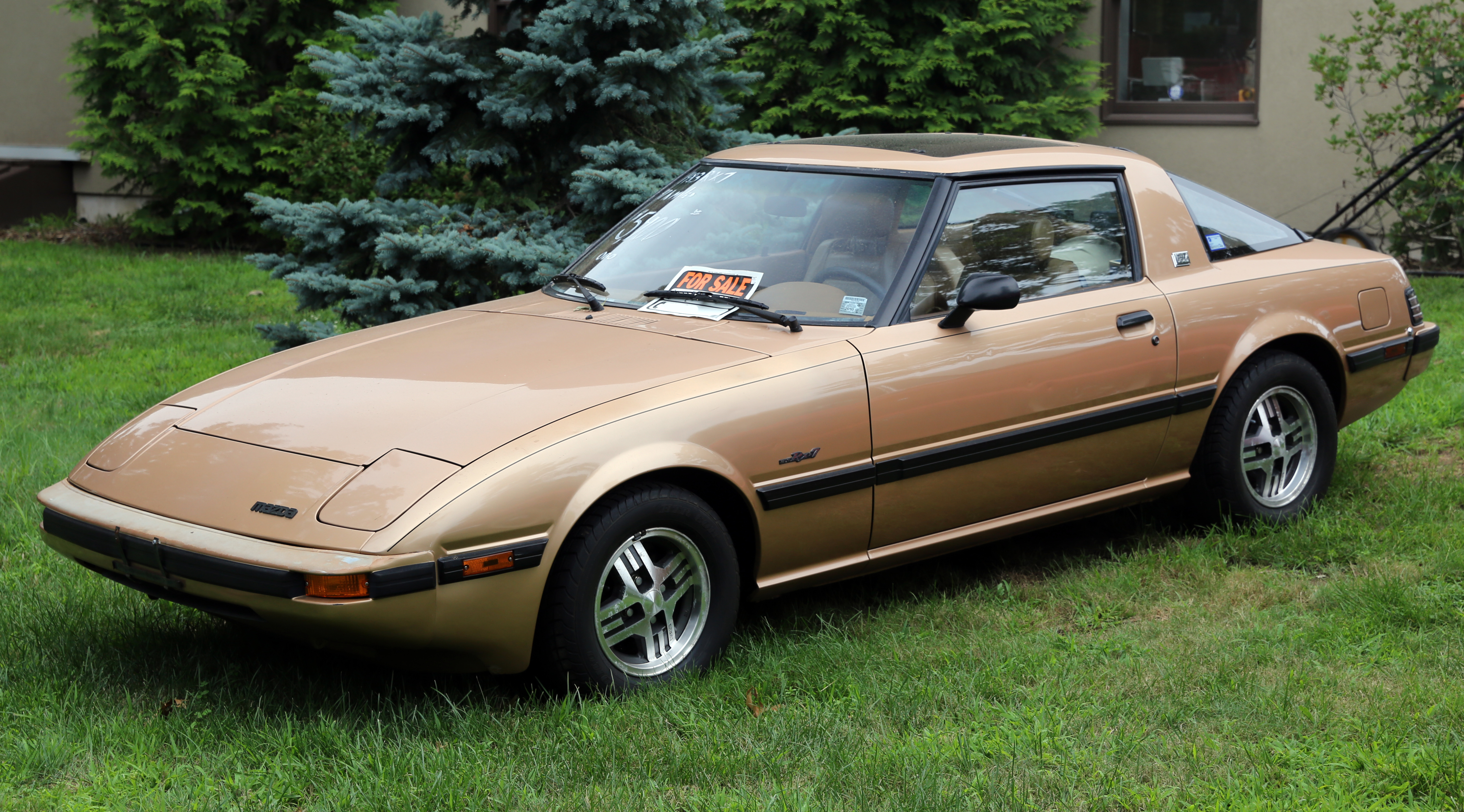
5. **Mazda RX-7 (FB/FC Generations)**Sleek, smooth, and gracefully different, the Mazda RX-7, in both its first-generation (FB) and second-generation (FC) forms, carried a personality unlike anything else from Japan at the time. With impossibly long noses – a necessity to accommodate that unique Wankel rotary engine – and elegantly rounded cabins, its proportions just looked right. It was a beautiful paradox, a car that blended delicate styling with a hardcore engineering heart.
The real magic, of course, was under the hood: that distinctive Wankel rotary engine. It wasn’t about brute force; it was about spinning to stratospheric RPMs with a unique, almost turbine-like whine that was addictive. Driving it brought a sense of clarity, where every input was met with gentle, yet surgical precision. Mazda crafted a car that felt delicate yet confident, quick yet composed — a true driver’s machine that rewarded finesse over sheer power. The lightness of the rotary engine helped it feel alive in every environment, whether buzzing through town or carving up a winding road.
Inside, simplicity and function defined the space, proving that you didn’t need a million buttons to have fun. The RX-7 became more than a car for many owners; it became a trusted, albeit sometimes temperamental, companion, especially if you skipped the oil pre-mix. The second-generation FC models, in particular, brought even more refined styling and impressive performance, becoming one of the first Japanese sports cars to truly gain a global following. What happens when elegance and edge meet? The RX-7 answered that with every glorious, high-revving, oil-burning drive, a symphony of engineering and passion.
Car Model Information: 1986 Mazda RX-7 GXL 2D Coupe
Name: Mazda RX-7
Caption: 1994 Mazda RX-7 R2 (FD3S)
Manufacturer: Mazda
Aka: Mazda Savanna RX-7 (Japan, 1978–1991),Mazda ɛ̃fini RX-7 (Japan, 1991–1997)
Class: Sports car
Production: 1978–2002,811,634 produced
Assembly: Hiroshima
Platform: Mazda F platform
Layout: Front-engine, rear-wheel-drive layout#Front mid-engine, rear-wheel-drive layout
Predecessor: Mazda RX-3
Successor: Mazda RX-8
Categories: 1980s cars, 1990s cars, 2000s cars, 24 Hours of Le Mans race cars, All articles needing additional references
Summary: The Mazda RX-7 is a front mid engine, rear-wheel-drive, rotary engine-powered sports car, manufactured and marketed by Mazda from 1978 through 2002 across three generations, all of which incorporated the use of a compact, lightweight Wankel rotary engine.
The first-generation RX-7, codenamed SA (early) and FB (late), is a two-seater two-door hatchback coupé. It featured a 12A carbureted rotary engine as well as the option for a 13B rotary engine with electronic fuel injection in later years. The second-generation RX-7, carrying the internal model code FC, was offered as a two-seater coupé with a 2+2 option available in some markets, as well as in a convertible body style. This was powered by the 13B rotary engine, offered in naturally aspirated or turbocharged forms. The third-generation RX-7, model code FD, was offered as a two-seater coupé with a 2+2 version offered as an option for the Japanese market. It featured a sequentially turbocharged 13B REW engine.
More than 800,000 RX-7s were manufactured over its lifetime.
Get more information about: Mazda RX-7
Buying a high-performing used car >>>
Brand: Mazda Model: RX-7
Price: $13,991 Mileage: 52,352 mi.
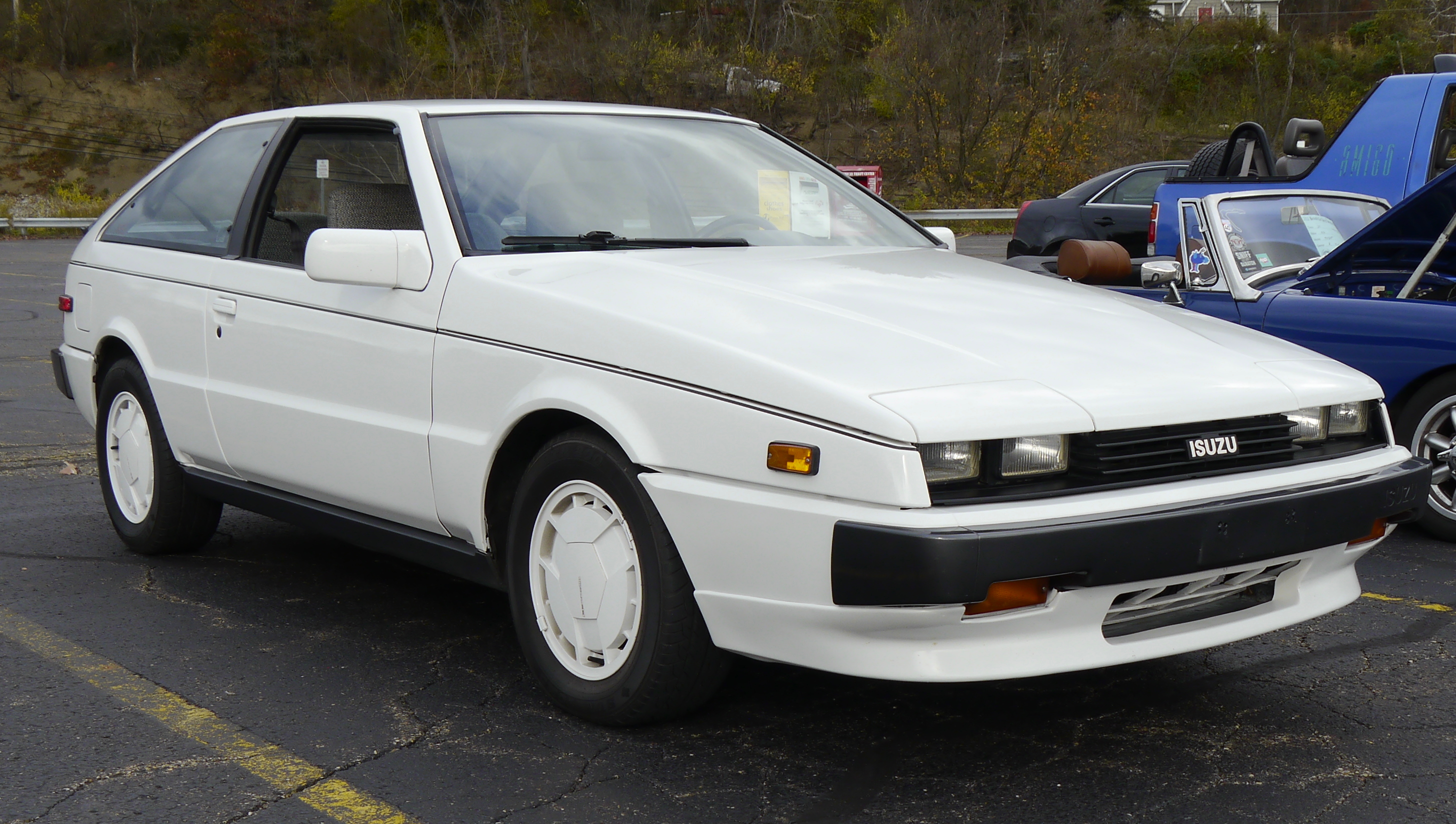
6. **Isuzu Impulse**“An Isuzu sports car?” Yes, you heard that right, and before you scoff, let’s talk about the Isuzu Impulse. This was something truly special, a hidden gem often overlooked in the pantheon of ’80s cool. The Impulse was styled by none other than the legendary Giorgetto Giugiaro, the same design icon responsible for the DeLorean and the original VW Golf. This car looked ready for a design museum, its body lines curving smoothly across the surface with just enough flair to make a statement without resorting to typical ’80s excess.
The Impulse was a triumph of understated elegance and hidden ambition. Inside, the dashboard subtly tilted toward the driver, creating a proper, driver-focused cockpit that exuded a sense of control without being dramatic. Isuzu packed it with features uncommon in its class, all wrapped in a shape that elegantly avoided clichés and showcased its European design heritage. On the road, especially the turbo models, it moved with surprising composure and just enough energy to keep things interesting and engage the driver.
It felt deeply personal, like something chosen for taste and discerning appreciation rather than blindly following trends. People who owned one often enjoyed the bewildered look on others’ faces, relishing the opportunity to launch into an explanation of its sophisticated design lineage. While the Impulse may have lacked the lasting fame of some of its contemporaries, it certainly kept its cool and quietly earned respect among those who knew. Today, it feels like a car waiting to be appreciated all over again, a true underdog of ’80s cool that deserves a spot in the spotlight.

7. **Chevrolet Camaro Berlinetta**While most of the third-gen Camaro lineup was busy flexing its muscle, roaring down drag strips, and trying to go fast in a straight line, the Berlinetta version charted a completely different course. It was like the sophisticated older sibling who went to art school while the rest of the family was at the drag strip. This particular trim focused squarely on comfort, refinement, and technology, effectively ditching the raw aggression for a softer ride and a dash that looked straight out of a sci-fi movie.
The Berlinetta featured a truly futuristic digital dash, making you feel like you were piloting KITT from Knight Rider, albeit at a slightly more sedate pace. Combined with a softer suspension, this variant was clearly aimed at drivers who wanted a touch of luxury and cutting-edge tech with their iconic muscle car style. The body remained unmistakably Camaro, but the entire philosophical approach changed, a genuine risk taken by Chevrolet to appeal to a more refined, perhaps more mature, audience.
Reactions at the time were, to say the least, mixed; purists probably scoffed at the idea of a ‘plush’ Camaro. Yet, time has given the Berlinetta its own unique identity, carving out a niche for those who craved something different within the Camaro lineage. It subtly transformed the Camaro into more than just a straight-line machine, proving that an American icon could also be surprisingly comfortable and technologically advanced. Would this idea ever work again in a modern setting? The Berlinetta proved it once did, even if it was a bit ahead of its time.
Alright, so we’ve dusted off the cool, quirky, and sometimes misunderstood heroes of the 80s. But now, it’s time to crank things up a notch, because this next batch? These are the heavy hitters, the dream machines that adorned every bedroom wall, the technological marvels that made us believe the future was already here. We’re talking about the High-Performance Pantheon, the iconic ’80s supercars and trailblazers that didn’t just define a decade, they etched themselves into automotive history with a permanent marker.
Car Model Information: 2018 Chevrolet Camaro 1LS
Name: Chevrolet Camaro
Manufacturer: Chevrolet
Production: 1966–2002,2009–2023
ModelYears: 1967–2002,2010–2024
Class: Pony car
BodyStyle: coupe,convertible
Platform: GM F platform,GM Zeta platform,GM Alpha platform
Layout: Front-engine, rear-wheel-drive layout
Categories: 1970s cars, 1980s cars, 1990s cars, 2+2 coupés, 2000s cars
Summary: The Chevrolet Camaro is a mid-size American automobile manufactured by Chevrolet, classified as a pony car. It first went on sale on September 29, 1966, for the 1967 model year and was designed to compete with the Ford Mustang. The Camaro shared its platform and major components with the Firebird, produced by General Motors’ Pontiac division that was also introduced for the 1967 model year.
Four distinct generations of the Camaro were developed before production ended in 2002. The nameplate was revived on a concept car that evolved into the fifth-generation Camaro; production started on March 16, 2009.
Production of the sixth generation of the Camaro ended in December 2023, for the 2024 model year.
Get more information about: Chevrolet Camaro
Buying a high-performing used car >>>
Brand: Chevrolet Model: Camaro
Price: $19,125 Mileage: 69,196 mi.
Read more about: Inside Vanilla Ice’s Garage: A Deep Dive into the Rapper’s Eclectic and Multi-Million Dollar Automotive Collection
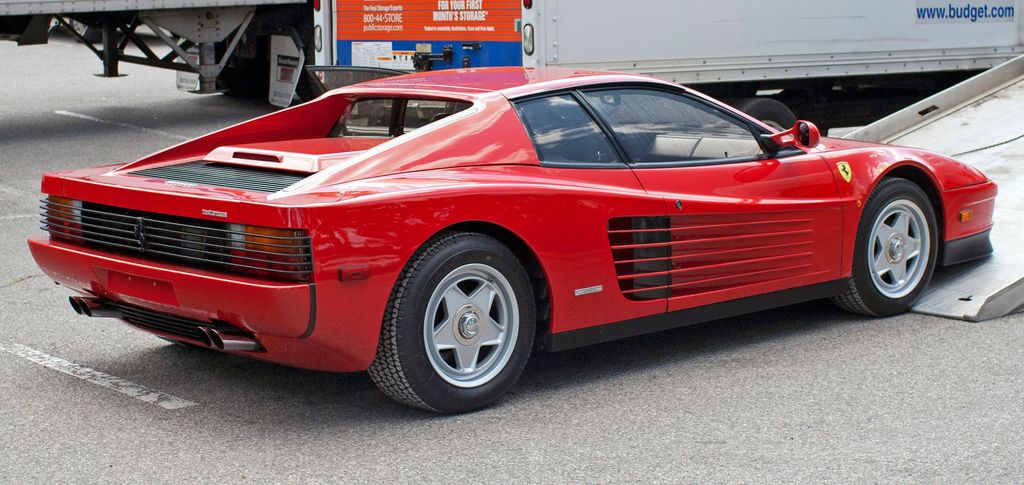
8. **Ferrari Testarossa**Few cars scream “1980s excess and pure, unadulterated glamour” quite like the Ferrari Testarossa. With its impossibly wide stance, those instantly recognizable side strakes—lovingly dubbed “cheese graters”—and a powerhouse flat-12 engine, this wasn’t just a car; it was a bona fide poster icon for an entire generation. Forget subtlety; the Testarossa was all about making an entrance, whether it was on a sun-drenched Miami Vice set or in your most ambitious teenage daydreams.
Its defining feature, those legendary “cheese grater” sides, was a stark contrast to the wedge-shaped aesthetic that dominated so many other ’80s sports cars. This machine demanded attention, boasting a look that was unique, aggressive, and undeniably Ferrari. It was a vehicle that wasn’t just about getting from A to B; it was about the spectacle of the journey, the head-turning, jaw-dropping moment every time it rolled into view.
Introduced at the 1984 Paris Auto Show, the Testarossa wasn’t just a new model; it was the successor to the already revered Ferrari Berlinetta Boxer, and it had massive shoes to fill. What many don’t realize is that this beast was the *only* mid-mounted 12-cylinder luxury vehicle ever built by Ferrari. That’s a fun fact you can drop at your next car meet!
Propelled by a glorious 4.9-liter flat 12 engine in most models, the Testarossa delivered a blistering 385 horsepower. This enabled it to rocket from 0 to 60 mph in a mere 5.2 seconds and hit a top speed of 180 mph. It wasn’t just fast; it was a visceral, soul-stirring experience that solidified its reputation as a true symbol of success and speed, cementing its place at the pinnacle of ’80s automotive aspirations.
Car Model Information: 1990 Ferrari Testarossa
Name: Ferrari Testarossa, 512 TR and F512 M
Manufacturer: Ferrari
Production: 1984–1996,9,939 produced
Assembly: Maranello
Predecessor: Ferrari Berlinetta Boxer
Class: Sports car,Grand tourer
BodyStyle: berlinetta
Layout: Rear mid-engine, rear-wheel-drive layout
Engine: Ferrari flat-12 engine,Flat-12 engine
Transmission: Manual transmission
Designer: Leonardo Fioravanti (engineer)
Categories: 1990s cars, All articles with dead external links, All articles with unsourced statements, Articles containing Latin-language text, Articles with dead external links from February 2018
Summary: The Ferrari Testarossa (Type F110) is a 12-cylinder mid-engine sports car manufactured by Ferrari, which went into production in 1984 as the successor to the Ferrari Berlinetta Boxer. The Pininfarina-designed car was originally produced from 1984 until 1991, with two model revisions following the end of Testarossa production called the 512 TR and F512 M, which were produced from 1992 until 1996. Including revised variations, almost 10,000 cars in total were produced, making it at the time one of the most mass-produced Ferrari models.
The Testarossa is a two-door coupé that premiered at the 1984 Paris Auto Show. All versions of the Testarossa were available with a rear-mounted, five-speed manual transmission. The rear mid-engine design (engine between the axles but behind the cabin) keeps the centre of gravity in the middle of the car, which increases stability and improves the car’s cornering ability, and thus results in a standing weight distribution of 40% front: 60% rear.
The original Testarossa was re-engineered for the 1992 model year and was introduced as the 512 TR (TR meaning TestaRossa), at the Los Angeles Auto Show, effectively as a completely new car, and an improved weight distribution of 41% front, 59% rear. Another new variant called the F512 M was introduced at the 1994 Paris Auto Show. The car dropped the TR initials and added the M which in Italian stood for modificata, or translated to modified, and was the final version of the Testarossa, which continued its predecessor’s weight distribution improvement of 42% front, 58% rear. The F512 M was Ferrari’s last vehicle that featured the flat-12 engine.
The Testarossa is a recognized cultural icon of the 1980s, and was popularized by media including the 1984 television series Miami Vice (from the 1986 season onward) and Sega’s 1986 video game Out Run.
Get more information about: Ferrari Testarossa
Buying a high-performing used car >>>
Brand: Ferrari Model: Testarossa
Price: $198,950 Mileage: 8,045 mi.
Read more about: The Road Less Traveled (and Valued): 14 Classic Cars That Are Now Worth Less Than You Think
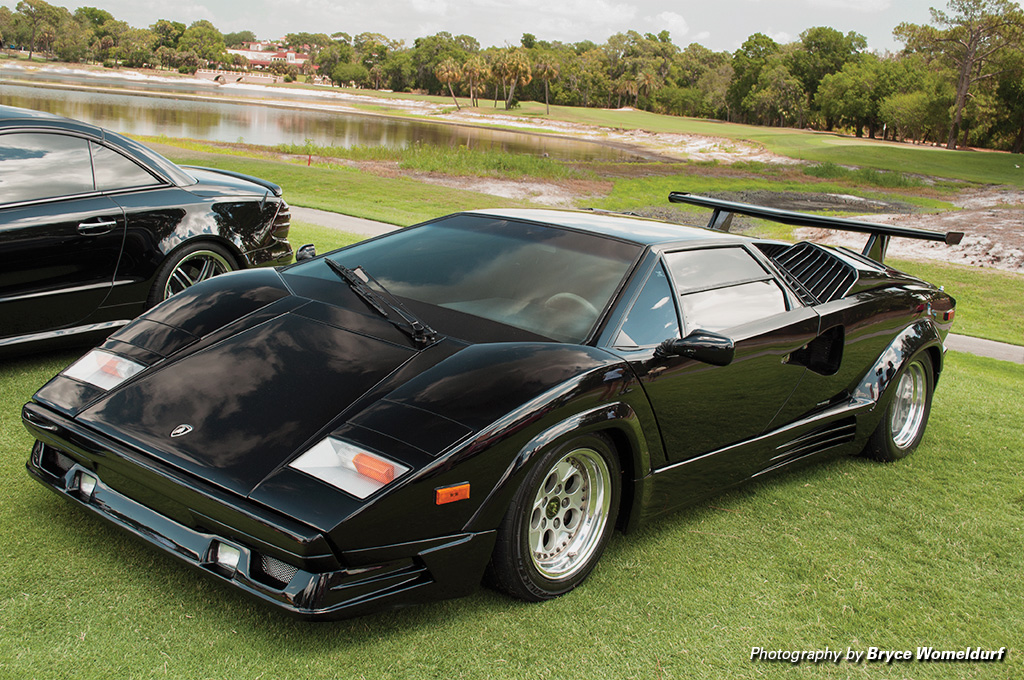
9. **Lamborghini Countach**If the Testarossa was about glamour, the Lamborghini Countach was about pure, unadulterated automotive audacity. This car was already turning heads in the 1970s, but its 1980s iterations dialed up the aggression, both in styling and performance, to eleven. We’re talking about sharp angles that looked like they could slice through space-time, those iconic scissor doors, and a monstrous V12 engine that sounded like a symphony of controlled chaos.
This wasn’t just a car; it was a statement, a rolling sculpture that seemed to defy the laws of physics and good taste all at once, in the best possible way. The Countach was the epitome of exotic, a vehicle that looked like it had escaped from a sci-fi movie and landed squarely in your driveway. Its design was so wild, so uncompromising, that it influenced countless sports cars for years to come, proving that sometimes, too much *is* just enough.
Every inch of the Countach screamed “supercar.” From its impossibly low slung profile to the way those signature scissor doors majestically swung upwards, it was engineered for drama. You didn’t just drive a Countach; you *piloted* it, wrestling with a V12 behemoth that produced a roar capable of waking the dead. This was a car that didn’t just demand attention; it commanded it, owning every road it dared to grace.
The Countach wasn’t built for shrinking violets. It was for those who wanted to make an entrance, to show the world that they embraced the flamboyant spirit of the ’80s with every fiber of their being. It was a beautiful, impractical, and utterly unforgettable machine that stands as a testament to Lamborghini’s unwavering commitment to radical design and blistering performance. A true legend, through and through.
Car Model Information: 1989 Lamborghini Countach 25th Anniversary
Name: Lamborghini Countach
Caption: Lamborghini Countach LP5000 QV
Manufacturer: Lamborghini
Production: 1974–1990
Assembly: Sant’Agata Bolognese
Designer: Marcello Gandini
Class: Sports car
BodyStyle: coupe
Layout: Longitudinal engine,mid-engine,rear-wheel-drive
Related: Lamborghini LM002
Engine: Lamborghini V12,V12 engine,LP400, LP400 S: {{cvt,3929,cc,L,1,disp=flip
Transmission: synchromesh,Manual transmission
Wheelbase: 96.46 in
Abbr: on (LP5000QV)
Order: flip
Length: 162.99 in
Width: LP 400: {{cvt,74.28,in,mm,0,abbr=on,order=flip
Height: 42.13 in
Weight: {{convert,1300.5,kg,lb,0,abbr=on
Predecessor: Lamborghini Miura
Successor: Lamborghini Diablo
Doors: Scissor doors
Sp: uk
Categories: 1980s cars, 1990s cars, All articles with unsourced statements, Articles containing Italian-language text, Articles containing Piedmontese-language text
Summary: The Lamborghini Countach ( KOON-tahsh) is a rear mid-engine, rear-wheel-drive sports car produced by the Italian automobile manufacturer Lamborghini from 1974 until 1990. It is one of the many exotic designs developed by Italian design house Bertone, which pioneered and popularized the sharply angled “Italian Wedge” shape.
The wedge style was introduced to the public in 1970 with the Lancia Stratos Zero concept car. The first showing of the Countach prototype was at the 1971 Geneva Motor Show, as the Lamborghini LP500 concept.
The “Countach” nameplate was reused for the Sián-based limited-production hybrid-electric model called the Countach LPI 800-4 in 2021.
Get more information about: Lamborghini Countach
Buying a high-performing used car >>>
Brand: Lamborghini Model: Countach
Price: Not Priced Mileage: 7,493 mi.
Read more about: Unearthing the Best Factory Muscle Trucks: A Deep Dive into Performance Legends and Their Enduring Legacy
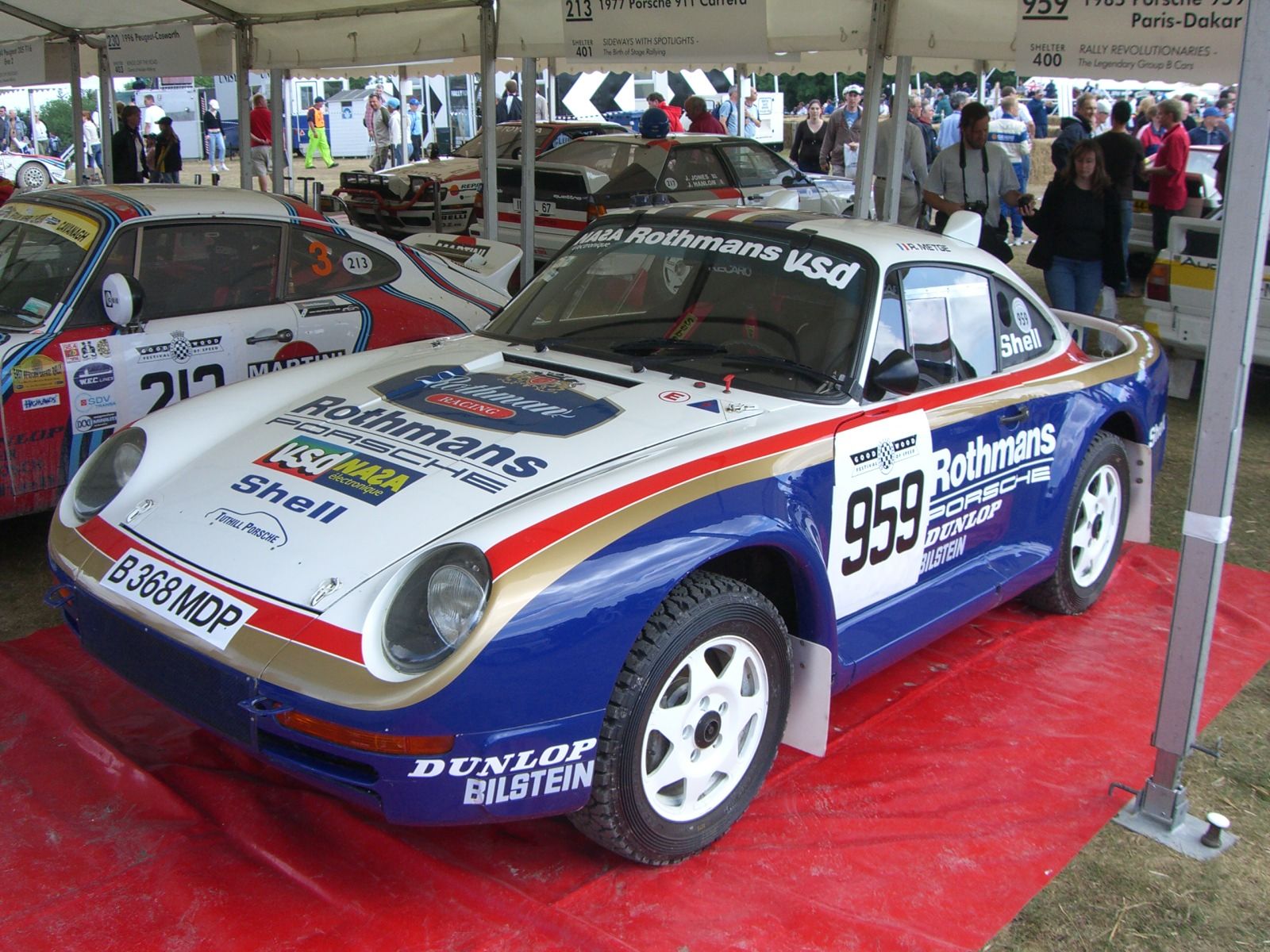
10. **Porsche 959**Now, if the previous two were about raw, flamboyant power, the Porsche 959 was a different breed entirely: a technological marvel, a supercar that literally arrived from the future. This machine wasn’t just fast; it was *smart* fast, blending mind-bending performance with groundbreaking technology that put it light years ahead of its time. It proved that Porsche wasn’t just building sports cars; they were building spaceships for the road.
Underneath its sleek, aerodynamic skin lay a twin-turbocharged flat-six engine, an advanced all-wheel-drive system, and active aerodynamics that could adjust on the fly. This wasn’t just a collection of fancy parts; it was a cohesive system designed for ultimate control and blistering speed. The 959 didn’t just set a benchmark for high-performance cars; it redefined what was possible, leaving competitors scratching their heads in disbelief.
This was more than just the fastest car of its era; it was a masterclass in engineering brilliance. Porsche took every cutting-edge idea they had and crammed it into one incredible package, proving that performance didn’t have to be brutish or unsophisticated. It could be intelligent, refined, and utterly dominant, all at once. The 959 was a harmonious blend of mechanical prowess and electronic wizardry, a true testament to automotive innovation.
The 959’s impact resonates even today, as many of its innovations—like sophisticated AWD and active aero—are commonplace in modern supercars. It was a statement from Stuttgart, a bold declaration that Porsche was not only in the supercar game but was also determined to lead the charge into the next generation of performance vehicles. What a machine, what a legacy!
Read more about: The Ultimate Nineties Rewind: 15 Coolest Cars of the Decade That Still Fuel Our Automotive Dreams
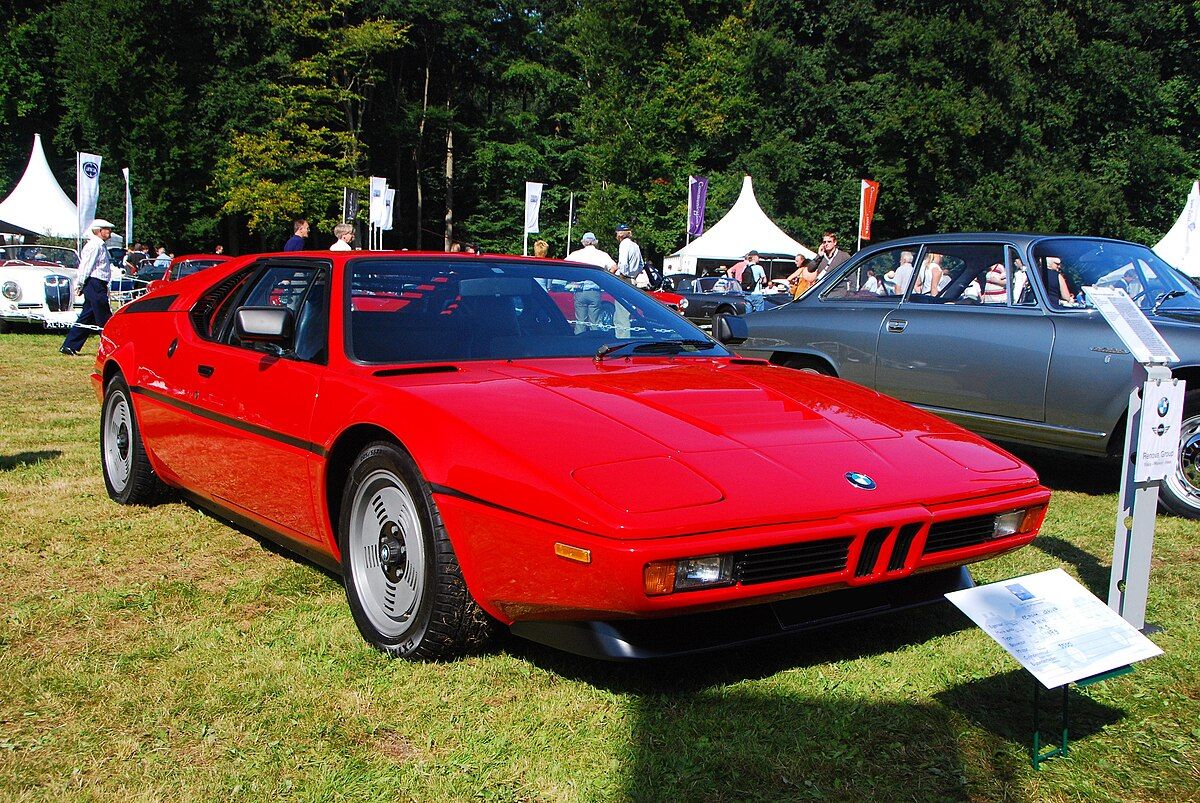
11. **BMW M1**Hold on to your lederhosen, because the BMW M1 is a rare masterpiece, a unicorn in the pantheon of ’80s sports cars, and truly one of the brand’s most unique creations. Conceived as a road-going homologation car for racing, the M1 was a bold departure for BMW, combining the unmistakable flair of Italian styling with the meticulous precision of German engineering. It was a beautiful fusion that resulted in something truly special.
With its stunning wedge shape and mid-engine layout, the M1 screamed exotic, a design choice usually reserved for more passionate, less Teutonic marques. This was BMW venturing into uncharted territory, creating a machine that looked unlike anything else to ever roll out of Munich. Its rarity, with only a few hundred ever made, only adds to its mystique and immense desirability among collectors and enthusiasts today.
The context states it married “Italian styling with German precision,” and man, did it deliver! You got the dramatic, low-slung lines of a truly exotic car, paired with the legendary build quality and mechanical integrity that you’d expect from BMW. That mid-engine setup wasn’t just for show; it was a clear signal of its purebred racing intentions, designed for optimal balance and handling on the track and the road.
The M1 wasn’t a mass-market car; it was a passion project, a high-stakes gamble that paid off handsomely in terms of legacy and respect. It stands as a powerful reminder of a time when manufacturers weren’t afraid to push boundaries and experiment with radical designs to achieve homologation dreams. A true gem, the M1 is a testament to what happens when you combine different automotive philosophies and aim for the stars.
Read more about: Unleashing the Beasts: A Deep Dive into the 7 Greatest Euro Hot Hatches of the 2000s that Still Thrill Enthusiasts
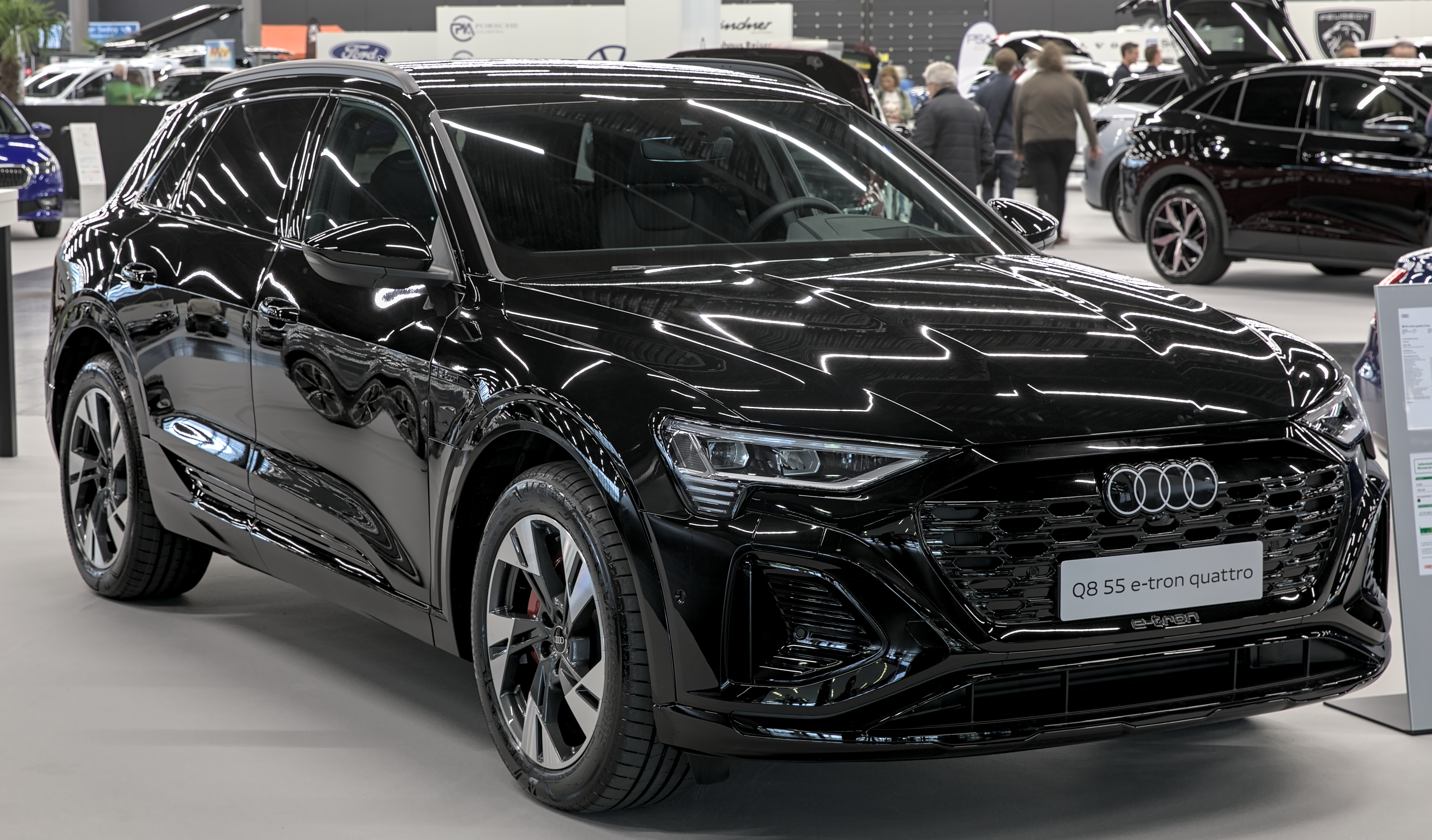
12. **Audi Quattro**Prepare to have your perception of grip shattered, because the Audi Quattro didn’t just change the game; it *rewrote the rulebook* for sports cars and motorsports. This rally legend burst onto the scene with its groundbreaking all-wheel-drive system, a feature that, until then, was mostly seen in utilitarian vehicles. The Quattro proved, unequivocally, that all-wheel drive was not just for traction; it was a performance advantage, and a massive one at that.
Introduced in 1980 at the Geneva Motor Show, the Audi Quattro was specifically designed to be a rally race car, and boy, did it live up to that mission. It dominated competition racing events for two consecutive years, leaving rivals in its dust and permanently altering the landscape of rally racing. It was a high-performance sports car built to conquer any terrain, any weather, and any competitor, with an almost unfair advantage.
Interestingly, Audi initially planned for the Quattro to be a low-production sports car. But its immense popularity and undeniable success meant the brand simply *had* to continue the Quattro lineup, keeping it alive until 1991. It became an instant icon, not just for its performance but for fundamentally changing how people thought about power delivery and traction in a performance vehicle.
The 1980 Audi Quattro packed a multi-point injection fuel system and a 2.1-liter engine that churned out a respectable 200 horsepower. This monster could hit a top speed of 138 mph and sprint from 0 to 62 mph in just 7.1 seconds. But beyond the numbers, it was the feeling of unflappable grip, the sheer confidence it inspired, that cemented its legacy. Its angular design and turbocharged engine didn’t just make it fast; they made it an icon of the 1980s, a brutalist beauty that inspired a generation.
Car Model Information: 2014 Audi A7 3.0 TDI Premium Plus
Name: Audi Quattro B2 (85)
Manufacturer: Audi
Aka: Ur-Quattro
Production: 1980–1991,11,452 produced
Assembly: Ingolstadt
Designer: Jörg Bensinger,Walter Treser,Ferdinand Piëch,Franz Tengler (transmission),Martin Smith (designer)
Class: Mid-size car,rallying
BodyStyle: coupé
Platform: Volkswagen B platform#B2
Related: Audi 80#B2
Layout: longitudinal engine,Front-engine, four-wheel-drive layout,all-wheel drive
Engine: SOHC,2.2 L SOHC 10v I5 (turbo) (1987–1989),DOHC
Transmission: manual transmission
Wheelbase: 2524 mm
Abbr: on
Length: 4404 mm
Width: 1722 mm
Height: 1346 mm
Weight: 1290 kg
Sp: uk
Predecessor: Audi 100 Coupé S
Successor: Audi S2
Categories: 1990s cars, All-wheel-drive vehicles, Articles with hAudio microformats, Articles with short description, Audi racing cars
Summary: The Audi Quattro is a road and rally car, produced by the German automobile manufacturer Audi, part of the Volkswagen Group. It was first shown at the 1980 Geneva Motor Show on 3 March. Production continued through 1991.
Get more information about: Audi Quattro
Buying a high-performing used car >>>
Brand: Audi Model: Quattro
Price: $18,200 Mileage: 149,631 mi.
Read more about: The Ultimate Nineties Rewind: 15 Coolest Cars of the Decade That Still Fuel Our Automotive Dreams

13. **1986 BMW E30 M3**If you wanted a street car that was truly a race car in disguise, the 1986 BMW E30 M3 was your weapon of choice. This absolute legend wasn’t born out of a desire for luxury or cruising comfort, but out of a fierce competitive spirit. BMW built this vehicle to compete in DTM, and to meet the FIA’s Group A regulations, they had to produce 5,000 road-going units. And thank the automotive gods they did, because a legend was born.
Every inch of the 1986 E30 M3 was performance-focused. It featured a large rear spoiler that wasn’t just for looks, aggressively flared wheel arches to accommodate wide tires, a deep front splitter, and a host of other aerodynamic add-ons, all crafted from lightweight plastic. This wasn’t a styling exercise; it was a meticulously engineered machine built for track domination and road-going exhilaration, proving form follows function.
What truly made this 80s sports car a standout was its special high-revving 2.3-liter four-cylinder DOHC engine. This wasn’t your grandma’s inline-six; this was a screaming, rev-hungry powerplant designed for surgical precision. With a catalytic converter, it delivered 197 horsepower, and without it, a still impressive 192 hp. This high-strung engine allowed the E30 M3 to reach a top speed of 146 mph and sprint from 0 to 62 mph in under seven seconds.
This wasn’t just another 3-series; it was a purebred racer homologated for the street, a benchmark for driver involvement and a true icon of automotive engineering. It remains a raw, tactile, and incredibly rewarding machine, proving that sometimes, the best cars are born from the demands of the racetrack. The E30 M3 wasn’t just cool; it was a paradigm shift in performance sedans.
Car Model Information: 2022 Honda Civic Sport
Name: BMW M3
Caption: 2021 BMW M3 Competition (G80)
Manufacturer: BMW M
Production: unbulleted list
Class: Compact executive car
Layout: unbulleted list
Related: unbulleted list
Categories: 1990s cars, 2000s cars, 2010s cars, 2020s cars, All articles with unsourced statements
Summary: The BMW M3 is a high-performance version of the BMW 3 Series, developed by BMW’s in-house motorsport division, BMW M GmbH. M3 models have been produced for every generation of 3 Series since the E30 M3 was introduced in 1986.
The initial model was available in a coupé body style, with a convertible body style made available soon after. M3 saloons were offered initially during the E36 (1994–1999) and E90 (2008–2012) generations. Since 2014, the coupé and convertible models have been rebranded as the 4 Series range, making the high-performance variant the M4. Variants of the 3 Series since then have seen the M3 produced as a saloon, until 2020, when the M3 was produced as an estate (Touring) for the first time, alongside the saloon variant.
Get more information about: BMW M3
Buying a high-performing used car >>>
Brand: BMW Model: E30 M3
Price: $25,849 Mileage: 16,061 mi.
Read more about: The Ultimate Nineties Rewind: 15 Coolest Cars of the Decade That Still Fuel Our Automotive Dreams
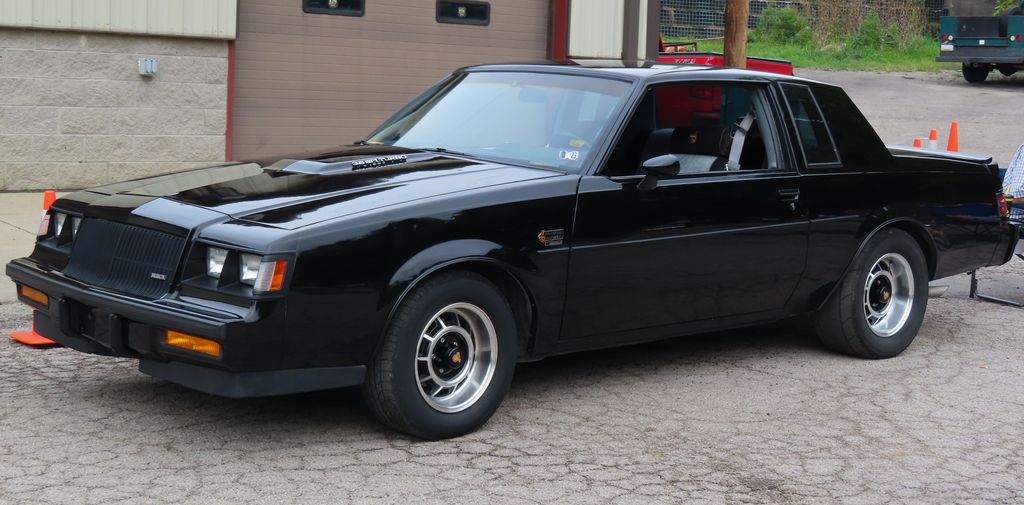
14. **1987 Buick Grand National GNX**Now, for something utterly unexpected from Buick, something that punched way above its weight class and silenced all the doubters: the 1987 Buick Grand National GNX. This wasn’t just a powerful American car; it was an elusive, high-performance limited edition, an apex predator draped in sinister black, that became one of the most sought-after cars of the ’80s. Forget your Italian exotics for a second, because this American muscle had serious turbo attitude.
Only 547 Buick GNX models were ever manufactured in 1987, a minuscule number when you consider the 20,193 Grand Nationals produced overall. This extreme exclusivity instantly elevated the GNX to legendary status, making it a whispered name among enthusiasts, a true ‘if you know, you know’ kind of car. It was the ultimate sleeper, ready to embarrass far more expensive machinery at a stoplight.
The GNX took the already potent Grand National and dialed it up to insane levels, transforming a family sedan platform into a torque-monster drag strip terror. While the exact power figures aren’t detailed in my notes, its reputation for brutal acceleration and its dark, menacing aesthetic spoke volumes. This wasn’t about subtle European finesse; it was about raw, turbocharged American might, delivered with unflinching confidence.
The 1987 Buick Grand National GNX was more than just a car; it was a statement. It bucked the trends of its time, offering a unique blend of understated looks and explosive performance that solidified its place in the pantheon of American automotive icons. It proved that sometimes, the greatest legends emerge from the most unexpected places, leaving an indelible mark on enthusiasts and collectors alike. What a way to cap off the decade!
Car Model Information: 2022 Honda Civic Sport
Name: Buick Regal
Caption: 2020 Regal Sportback
Manufacturer: General Motors
ModelYears: Unbulleted list
Sp: us
Predecessor: Buick Skylark#Second generation (1968–1972),Buick Century
Successor: Buick LaCrosse
Categories: 1980s cars, 1990s cars, 2000s cars, 2010s cars, 2020s cars
Summary: The Buick Regal is a line of mid-size cars marketed by Buick since 1973. Serving as the premium mid-size/intermediate car of the Buick product range for nearly its entire production, the Regal initially served as the divisional counterpart of the Pontiac Grand Prix and Oldsmobile Cutlass Supreme; since the late 2000s, the model line has been derived from the Opel Insignia. The Regal also serves as the basis of the high-performance Grand National, Gran Sport (GS), and Buick GNX coupes.
Through its production, the Regal has been marketed under a wide variety of body styles, including two-door coupes and four-door sedans (currently in production), along with a 5-door liftback sedan and a 5-door station wagon; the latter (the 2018-2020 Regal TourX) was the first Buick station wagon marketed since the retirement of both the Century and Roadmaster Estates after 1996. The turbocharged LD5 3.8L V6 used in the second generation was used to showcase the motorsports presence of the brand; though offered with other vehicles (including Chevrolets and Pontiacs), the turbocharged engine is most commonly associated with the Regal. During the 1990s, the V6 regained forced induction, with a supercharger replacing the turbocharger.
In 1999, General Motors commenced sales of its vehicles in China, with the Buick Regal serving as its introductory model of the joint venture SAIC-GM. After 2004, Buick retired the model line in North America, as it replaced both the Regal and the Century with the Buick LaCrosse. Following the introduction of the second-generation Regal for China for 2008, the model line returned to North America for the 2011 model year, slotted slightly below the LaCrosse. Following the introduction of the sixth-generation Regal (sourced entirely from Opel) for 2018, GM sold Opel to PSA (now Stellantis), ending sales in North America after the 2020 model year. Currently, the Insignia B-derived Regal remains in production by SAIC-GM.
Get more information about: Buick Regal
Buying a high-performing used car >>>
Brand: Buick Model: Grand National GNX
Price: $25,849 Mileage: 16,061 mi.
Read more about: Ignite Your Passion: 15 Iconic Cars That Still Dominate Men’s Automotive Dreams and Inspire Unforgettable Drives
So there you have it, folks. A deep dive into the absolute bangers that defined the 1980s automotive scene, from the plucky underdogs to the fire-breathing supercars. These machines weren’t just about getting from A to B; they were about raw emotion, bold statements, and pushing the boundaries of what a car could be. They brought us a golden age of car tech, an explosion of design, and driving experiences that still resonate with a visceral thrill decades later. Their legacy isn’t just etched in the records books, it’s alive in the dreams of every car enthusiast, proving that the ’80s were truly the ultimate decade for cool rides. These cars aren’t forgotten; they’re just waiting for their next joyride into history.

